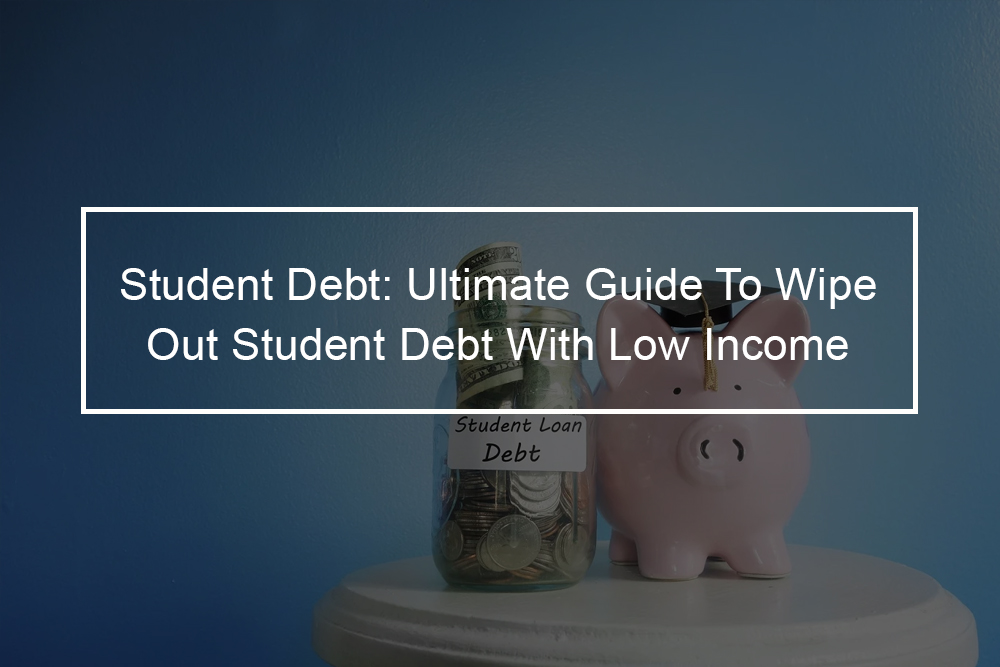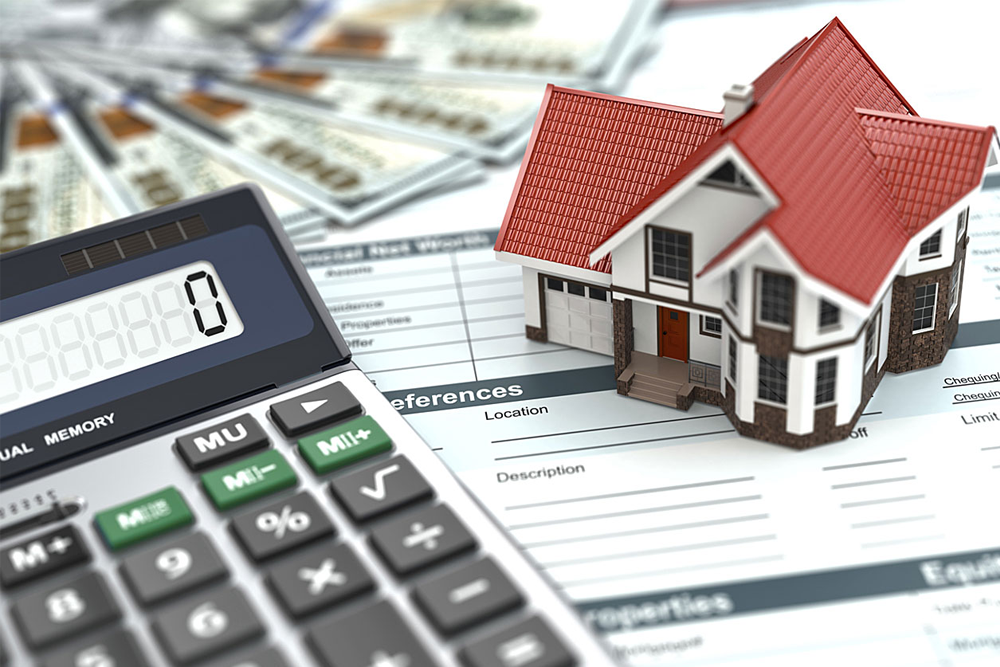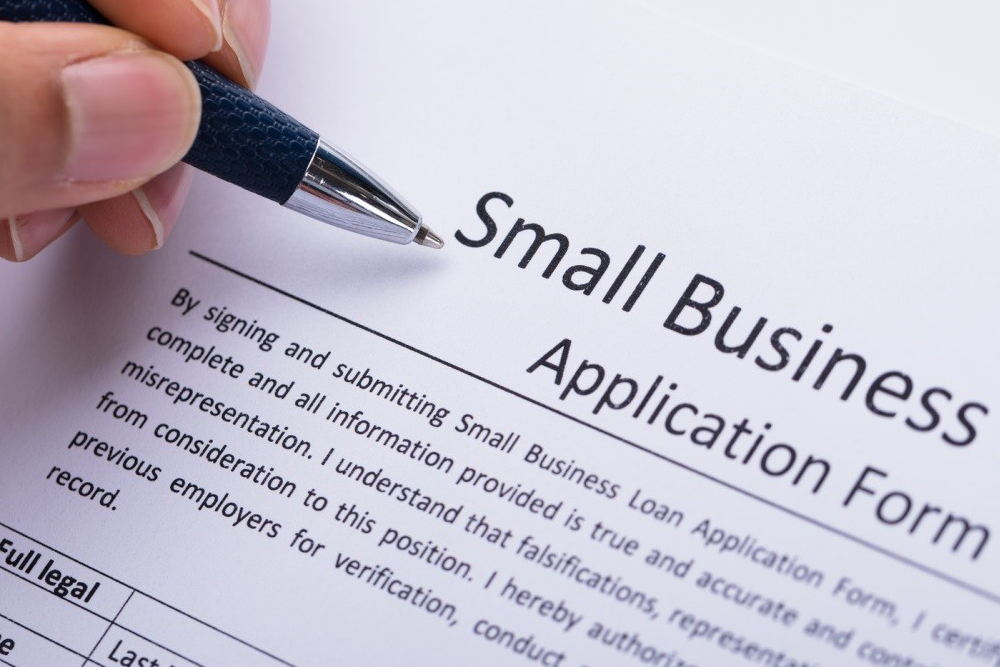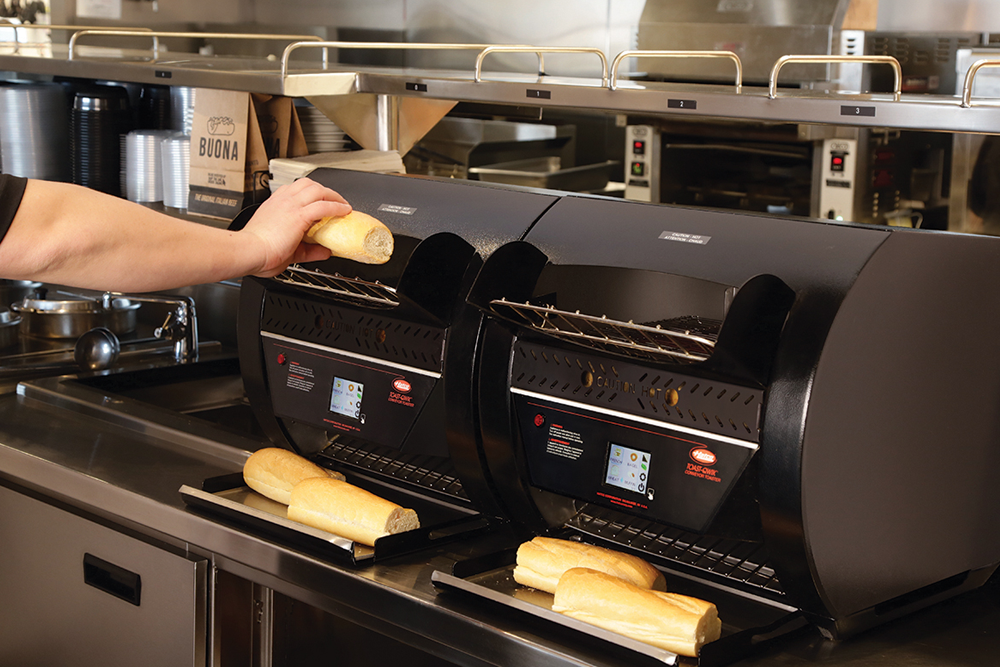
The ultimate guide to dealing with student debt
If clearing your student loans feels way far away- or even worse, absolutely impossible- hold on just a minute. Yes, settling your student loans can feel totally overwhelming, but it does not have to be. Whether you will be graduating from college soon or you have been trying to pay off those student debts to the curb for a decade, you can make a strategy for paying off student loans faster.
But let’s set up some expectations first. There is no magic trick for paying off your student loans. And there is no special plan to help you get rid of the loan in one month flat. Paying off your student loan is not going to happen overnight- sorry, guys. However, if you follow the following steps, you can get on a fast track to dumping your student loan debt for good. Paying off your student loans takes hard work, time, and a whole lot of sacrifice, but is totally doable! So let us make it happen.
Build an emergency fund
It might sound counter intuitive to save money rather than paying off your debt, but think about it: Emergencies come up all the time, particularly in times when you are low on cash. If you have a rainy day fund in a savings account, you will not have to put those emergency costs on a high-interest credit card or utilize the money you were going to put toward your student loan.
Take inventory of your student loan debt
Sign in to all your loan servicers’ websites, and note down the full amount you owe to each. If you are uncertain who your loan servicers are, you can use sites such as Credit Sesame to check a soft credit and check everyone you owe money to. You will also have to determine if the loan is federal or private. You can check the National Student Loan Data Center for a list of your federal loans. Any loan not listed there is most likely private. This is essential since your options for repayment will differ depending on if the federal government backs your loan.
Get on a budget
This is serious. If you are not already doing this, now is the time to make a budget and stick to it. A zero-centered monthly budget will show you exactly where your money is going and where you can reduce it. You may even find additional money you did not know you had. Throw that cash at your student loans every month, and you will be making progress in no time. Using the free budgeting app Every Dollar, you will put a line item in your budget for every student loan you are paying off. That way, you will see the progress as you keep crushing that student loan debt.
Make some financial sacrifices
Here is where sacrifice comes to play. Examine your lifestyle. What extra things have you been living with that you can do without? If there is, that should be a bye cable package. Check your subscription boxes. Maybe you can cut the housing cost in half by getting a roommate. If you have a guest room that is not getting much use, rent it out. Just think of how fast you can pay off your loans if your housing costs are cut way down. And how about selling some stuff you do not need anymore? Check your closet, garage to check what you can put on Craigslist and eBay. Then do ahead and add up what you spend eating out weekly. Do away with the lattes and brew your own coffee at home. Trust me; there are many ways to be creative in saving money.
Identify if you qualify for public service loan forgiveness
Admissibility for the Public Service Loan Forgiveness (PSLF) program appears straightforward. If you are a nonprofit or government employee, you can enroll in PSLF and have your federal student loans forgiven-tax free after 120 payments. Nonetheless, actually having your forgiveness approved can be challenging-ninety-percent of the first applicants were rejected. However, if you are working in an eligible field, it is a no-brainer at least try for it.
Evaluate your eligibility for income-driven repayment programs
The standard recompense term for federal student loans is ten years; however, if you have difficulty making payments, you have four main options of reducing them that take your income and expenses into account. Note that these programs are not really forgiveness plans; they are repayment plans with a forgiveness option. With all these programs, you should resubmit your income and family size each year to determine eligibility. Married couples have to submit their combined income. Even though you do not want to use the forgiveness option, it is worth enrolling in one if you are eligible as a fail safe against future financial crises. Below are your major options:
- Income-Based Repayment Plan (IBR): If your loan dates back on or after July 1, 2014, then you will pay ten percent of your discretionary income monthly. If your loan is not paid off after twenty years, you can apply for forgiveness for the remainder of your loans.
- Income-Contingent Repayment Plan (ICR): This caps your monthly payments at twenty percent of your discretionary income. You should consolidate your loans before you can apply for this plan. You will be eligible for forgiveness after twenty-five years of payments. If you have Parents and loans, you will only be suitable for ICR.
- Pay as You Earn (PAYE): This plan is similar to IBR but for those who took out loans before July 1, 2014, and after October 1, 2007.
- Revised Pay as You Earn (RPAYE): This is similar to a PAYE; however, for those who do not qualify for any other program. Forgiveness is accessible after twenty years of payments for undergraduate loans and twenty-five years for professional school and graduate loans.
Make a plan for repayment
You need to make a plan to pay off your loans. Think of it like plugging your destination in Google Maps: There are several routes you can take, and one may save you time, but any path is going to go faster than just winging it. Most people are big fans of debt snowball and debt avalanche methods to pay off debt. With the debt avalanche approach, you will start with your highest interest loan. Your focus on putting extra payments toward that loan first, then after it is paid off, you focus further efforts on your next highest interest loan.
The debt snowball approach begins with your loan with the lowest balance. You put additional toward that loan, and after it is paid off, you center more on your loan with the next-lowest balance. If you are motivated by math, you may find that the small savings of the debt avalanche appeal to you. If quick wins inspire you, the achievements you will experience early on with the debt snowball will get you through those challenging first months.
Get a side hustle
Lastly, you will want to focus on earning more money to pay your debt off faster. Even if it is more than possible to pay off a ton of debt with a low income, having a limited income puts a cap on how much you can pay monthly. When you attempt to earn more money, you can make progress even faster. You can do this by asking for a raise, getting a higher paying job, or taking a side hustle. Side hustling may be the simplest option to act on faster. You can use your expertise and skills to earn extra cash around your full-time job. You can consider flexible side hustles such as photography, walking dogs, babysitting, tutoring, driving for Uber, virtual assistant work, and freelance writing.
When you begin to earn extra cash, make sure you avoid inflating your lifestyle and put all the extra money you make towards your debt. Paying off student loan debt with low income is not impossible. Nonetheless, having a clear grasp of your case, stretching your budget, and taking steps to amplify your income with a side hustle or a raise can surely help.











